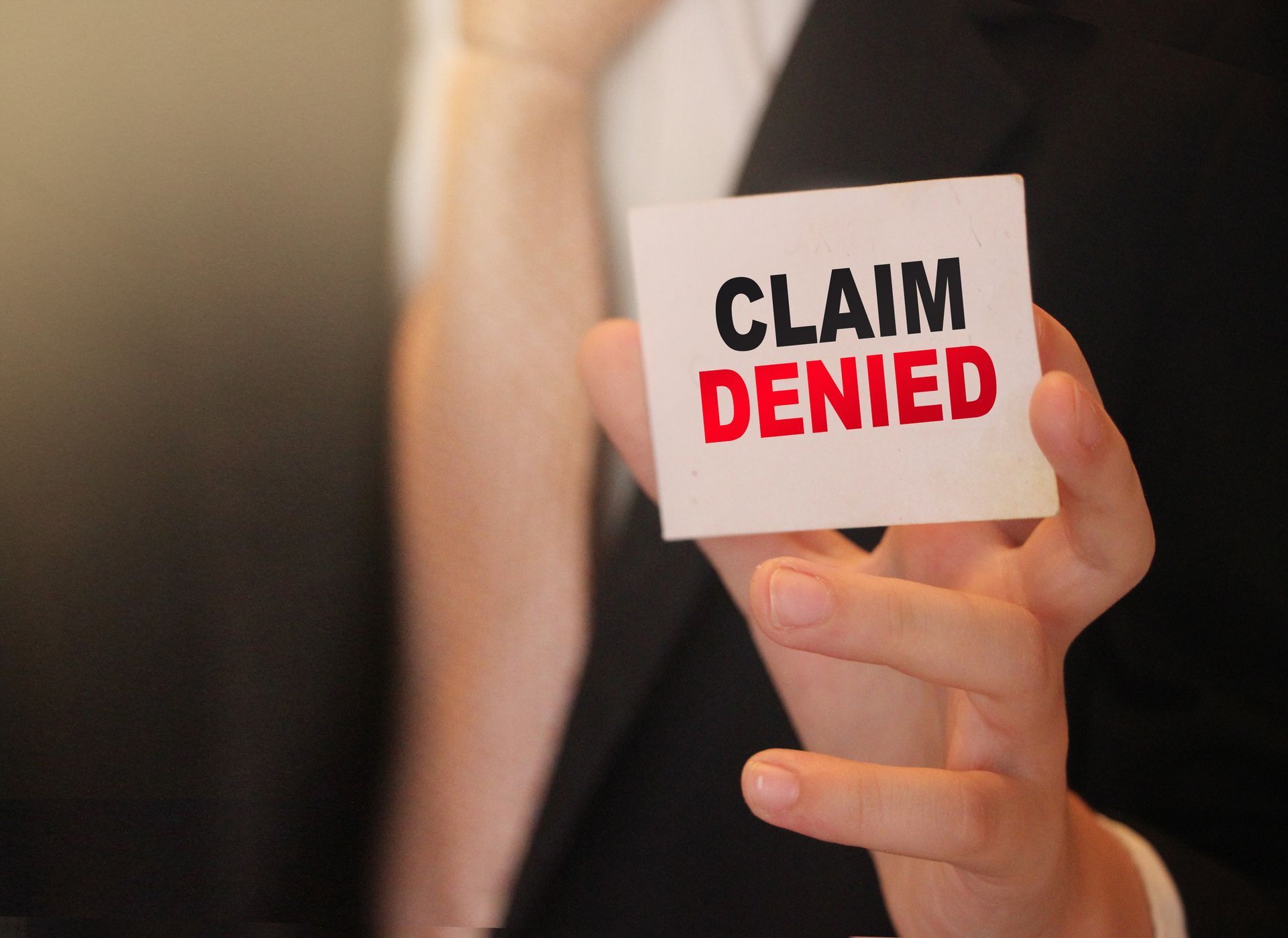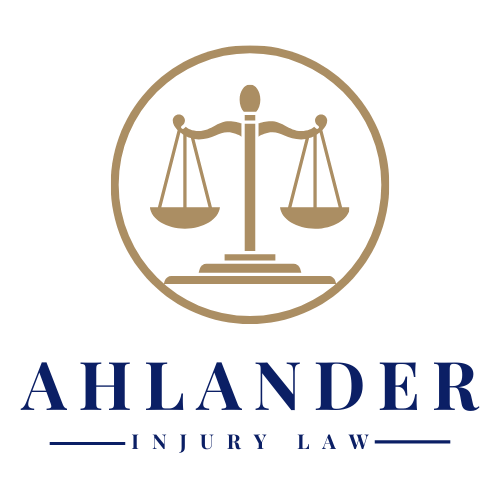The Clock is Ticking: Understanding Statute of Limitations in Nevada
Navigating the legal landscape of statutes of limitations in Nevada can be a complex endeavor. It illuminates the importance of these deadlines in the context of civil and criminal law, providing clarity for individuals and legal professionals alike.
What is the Statute of Limitations?
Within the legal framework, the statute of limitations sets a deadline for filing a lawsuit. In essence, it is the ticking clock that begins the moment an actionable event, such as an injury or breach of contract, occurs. In Nevada, as in other jurisdictions, this legal countdown ensures claims are made while evidence is fresh and available, promoting a just resolution. Failure to file a claim within this time frame typically bars an individual from legal recourse. It's a rule that underscores the age-old adage: justice delayed is justice denied.
The Rationale for These Legal Deadlines
The principle behind the statute of limitations is rooted in the fundamental need for closure and certainty. Memories fade, records are lost, and with time, the reliability of testimony can decline. By promptly addressing claims, the law aims to maintain order and fairness in the judicial process, unwavering in the approach that legal matters should be timely and resolved without unnecessary delay. This also serves as a protection to prevent the indefinite hanging of legal threats over someone's head.
While the intent is consistent across the states, the specific time limits can vary widely. For residents and visitors in the bustling life of Las Vegas and the serene neighborhoods of Spring Valley, it is essential to recognize how Nevada's statutes might differ from those they may have encountered elsewhere. The Las Vegas skyline does not just signify opportunity; it is a reminder that in Nevada, legal timings are as essential as the city's ever-glowing lights.
Types of Cases and Their Different Limitations in Nevada
Whether one has suffered a personal injury on the busy roads of Las Vegas or faced property damage within the tranquil surroundings of Spring Valley, the statutes of limitation in Nevada are specific and must be heeded to secure justice.
Personal Injury Cases
In Nevada, the clock starts ticking immediately after an injury occurs. Victims typically have two years to file a lawsuit for personal injury claims arising from negligence, an intentional act, or liability irrespective of fault. This statute applies to numerous situations, from car accidents on the Las Vegas Strip to slip and fall incidents in local Spring Valley businesses.
It is not just the injured who must pay heed to these limitations—the businesses and communities within our service areas are equally subject to staying informed. As we endeavor for safer practices, Ahlander Injury Law tirelessly works to ensure individuals receive rightful compensation and advocates for policies that can prevent future harm.
Property Damage Cases
For individuals who have sustained property damage in Nevada, the law allocates three years from the date of harm to pursue a claim. Whether it's damage from a vehicular collision on the streets of Las Vegas or the aftermath of a desert storm in Spring Valley, property owners are encouraged to act with expedience to safeguard their rights and seek reparation for their losses.
Medical Malpractice
Medical malpractice claims hold a more complex timeline in Nevada. Patients or their families facing the unfortunate consequences of medical negligence have one to three years to seek legal recourse, depending on when the injury was discovered or should have been discovered. This intricacy speaks to the importance of consulting legal expertise to navigate this nuanced area of the law correctly.
Breach of Contract
When contracts are broken, be it a service agreement or lease, the stark lights of the Las Vegas strip don't shine any less brightly on the importance of adhering to contractual obligations. The statute of limitations for filing suit over a written contract is six years, while for an oral contract, it is reduced to four. For the residents of Nevada, understanding these distinctions is fundamental to pursuing a viable legal strategy.
Product Liability Claims
In cases where defective products have caused harm, Nevadans have a limited window of two years to file product liability claims. The spread of suburban neighborhoods in Spring Valley to the commercial hubs in Las Vegas is witness to the diverse ways products integrate into lives—and the importance of recourse when those products fail and cause injury.
These varying time frames for different legal actions in our service area of Las Vegas and Spring Valley, NV highlight the need for a deep understanding of local laws. From personal injury to breaches of contract, the meticulousness of legal timing cannot be overstated. As circumstances and consequences intertwine, the path to justice must be embarked upon with knowledge and promptness.
Impact of the Statute on Personal Injury Claims
The statute of limitations is especially critical for personal injury claims in Nevada, heavily influencing the course of action for individuals seeking compensation. In the bustling environment of Las Vegas and the quieter streets of Spring Valley, the timeframe to assert one's rights is a factor that levels the playing field, ensuring timely and fair adjudication. Missing these crucial deadlines means forfeiting the legal right to seek damages, making it imperative to understand the specific limitations the moment an injury occurs.
Personal Injury Scenarios and Their Deadlines
For the more common personal injury scenarios such as car accidents or slip-and-fall incidents, Nevada's two-year countdown remains consistent. This limitation period seeks to prompt individuals into action, underscoring the necessity of proceeding with claims before evidential degradation ensues. It is this window of opportunity that permits an injured party to secure the compensation necessary for medical treatment, recovery, and any associated expenses incurred due to their injury.
It is in the shadow of the glittering casinos and amidst the family homes of Spring Valley where we see the urgency to advocate for residents' rights. Lack of timely action not only negates potential reparations but can also perpetuate negligence unchecked.
Consequences of Missing the Deadline
Overlooking or delaying response to the ticking of this metaphorical clock can lead to irreversible consequences. Once the statute runs its course, courts in Nevada typically dismiss any claims made outside the mandated time frame. This harsh cutoff can leave injury victims without the means to recover substantial medical costs and compensation for lost wages or pain and suffering, profoundly impacting their quality of life and financial stability.
Exceptions to the Rule: Tolling and Discovery
The path to justice isn't always straightforward. Acknowledging this, the legal system provides allowances under certain conditions. 'Tolling' the statute means pausing the countdown, effectively extending the limitation period in specific scenarios.
Legal Definitions and Circumstances for Extensions
Tolling can occur in various situations such as when the injured party is a minor or if the defendant is absent from the state. The 'discovery' rule plays an essential role when the injury is not immediately known or could not have been discovered with reasonable diligence. Such nuances in the law require a discerning eye to identify and navigate appropriately.
In Nevada, minors or individuals found to be mentally incompetent at the time of the incident are accorded special consideration. The clock may not start running until a minor reaches the age of majority or until a person regains mental competency, serving as a safety net for the most vulnerable in our neighborhoods across Las Vegas and Spring Valley.
Why Timely Legal Action Matters
As the hours and days post-incident slip away, evidence that could support a claim may also begin to fade. Witness recollections can become less precise, and critical documentation may be misplaced or destroyed. The swift preservation of evidence is imperative, emphasizing the significance of consulting with a legal professional as soon as possible. In the dynamic backdrop of Las Vegas and the serene landscapes of Spring Valley, the value of each moment is heightened within the context of legal timelines.
Experts in the field underline the importance of this swiftness. As asserted by legal authorities, acting promptly not only strengthens a case but also aligns with the foundational pits of justice that advocate for the timely addressing of grievances.
Navigating the Legalities with Expertise
Confronted with the intricacies of statutes of limitations, engaging the counsel of an experienced personal injury attorney becomes a decisive factor in managing these legal deadlines. They possess the necessary insight into Nevada's specific regulations, offering tailored guidance that aligns with the needs and situations of Las Vegas and Spring Valley residents. This professional advice is instrumental in ensuring that injured parties do not lose their rightful claims due to procedural oversights.
Choosing an advocate well-versed in the nuances of Nevada’s legal landscape can markedly benefit those impacted by personal injury. From comprehensive case evaluations to strategic legal planning, an attorney's expertise can pave the way to securing the justice and compensation deserved.
The Clock Never Stops: Your Next Steps in Nevada
If you suspect you may have a claim, the importance of acting without delay cannot be overstressed. Beginning with seeking immediate medical attention, documenting the incident extensively, and engaging legal representation can form the foundation of a potential claim.
Gathering evidence should include obtaining incident or police reports, medical records, and any other documentation relevant to the injury and its aftermath. Proactive measures and timely counsel are your greatest allies in meeting critical legal deadlines, and for residents within our Las Vegas and Spring Valley service areas, this is a path best navigated with expertise at your side. For those seeking assistance, a comprehensive checklist for personal injury claim actions is available to help you initiate the process.
Ultimately, time is an unforgiving factor in the realm of legal claims. Grasping the urgency and adhering to statutes of limitations can mean the difference between securing reparations for your injuries or being left unaided. It is within this understanding that we encourage individuals to take immediate and decisive action.
If you or a loved one has suffered injury and loss because of someone else's action
contact Ahlander Injury Law. The clock is always ticking, but you don't have to face it alone.





